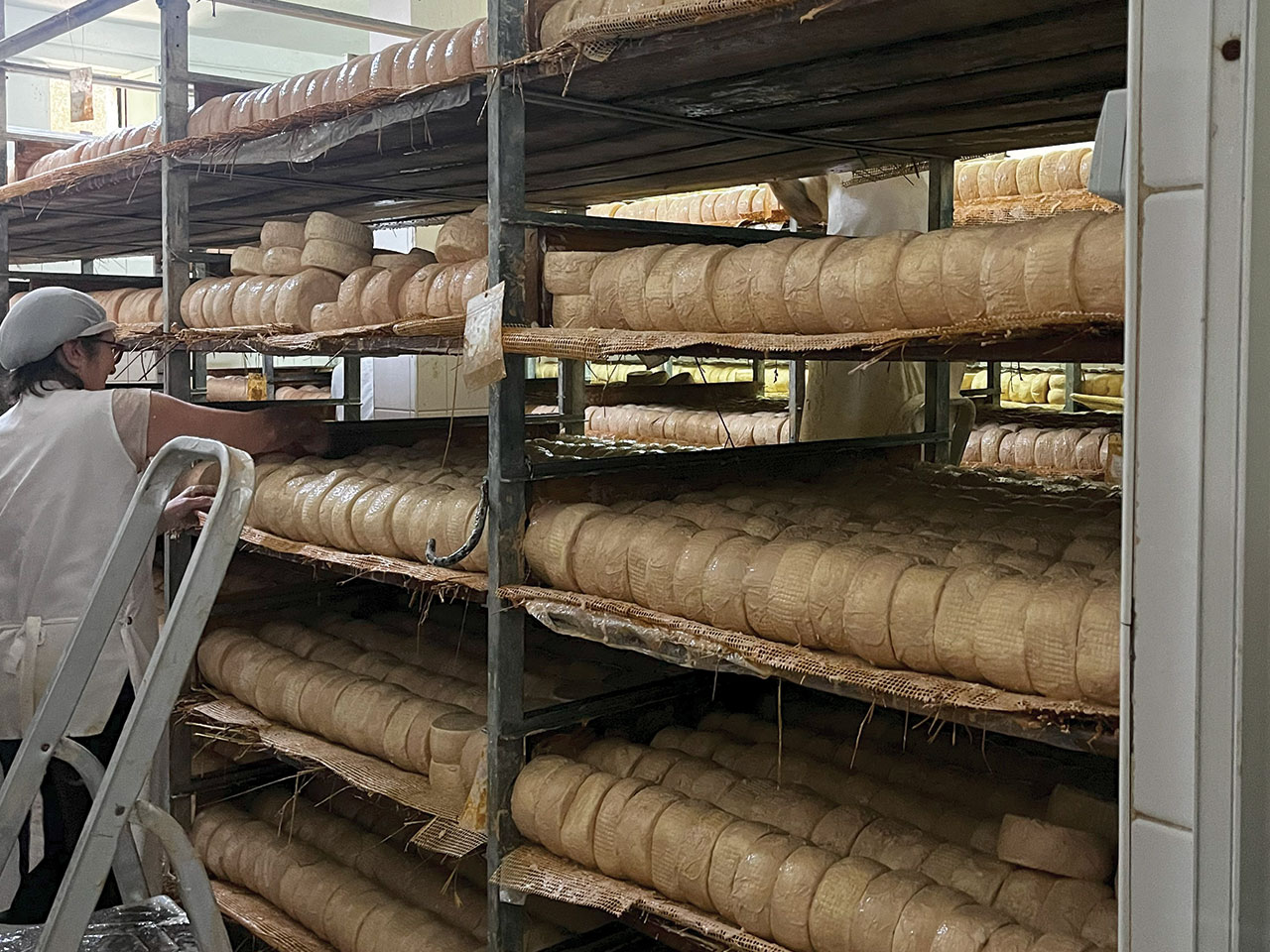Formaggio Kitchen’s buyers travel the world in search of artisans from all walks of life–whether it is the Provençal olive oil maker who lives directly above her mill or the small family farm in Forenza producing a variety of handmade cheeses. Recently, our Head Cheese Buyer, Marc Hernandez, took an exploratory trip to Portugal to learn more about the cheeses made there. Here are the five questions we asked him about his trip:
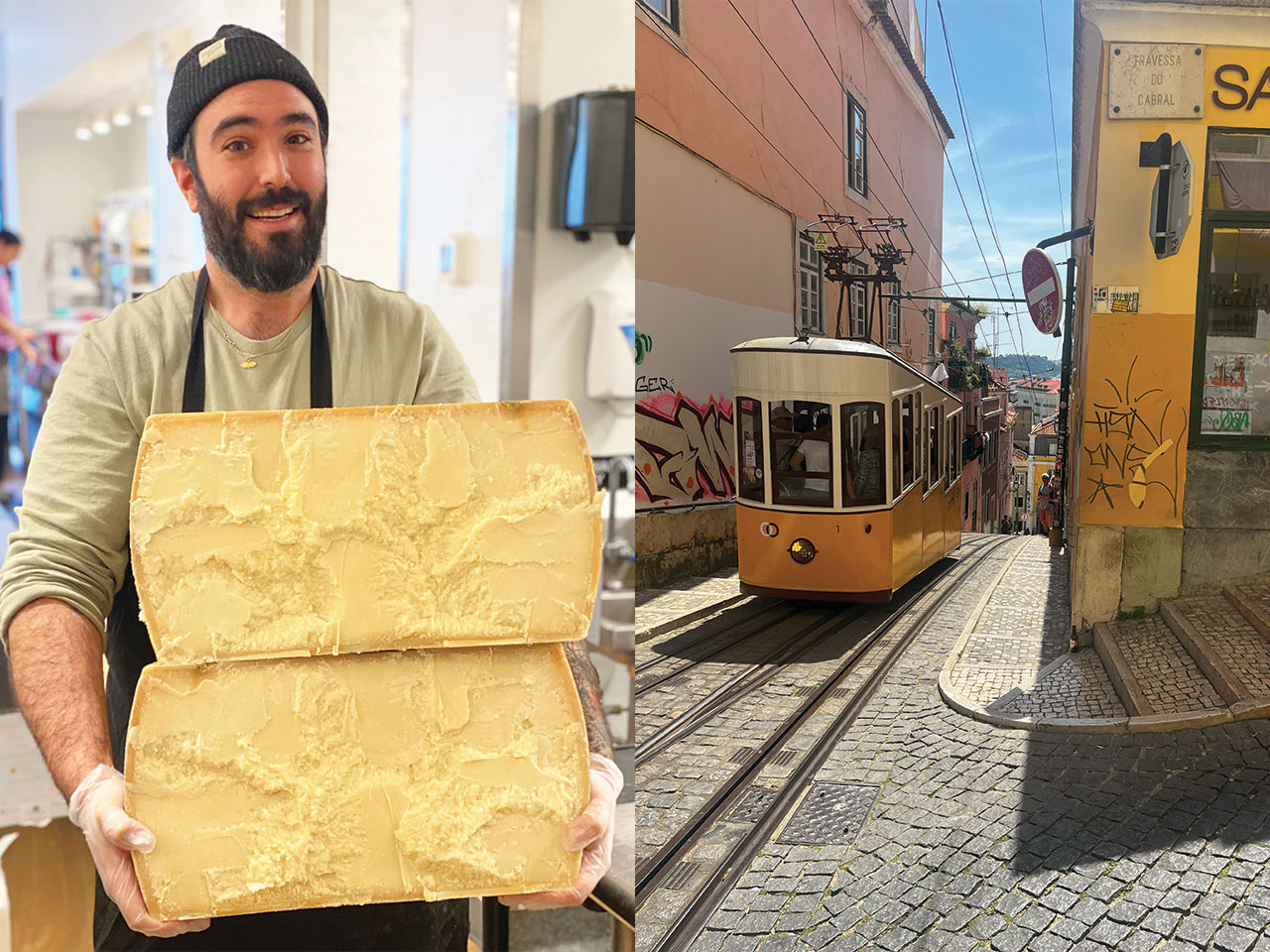
What products or cheeses did you find that you're the most excited about?
“Honey and jam that I am working on importing–stay tuned! New tinned fish from JOSÉ Gourmet: curried trout, which just hit the shelves, and smoked trout with fennel and dill that is coming soon. We just received a shipment of a couple cool name-protected Portuguese cheeses that I found there: Castelo Branco and Nisa, both small production raw sheep's milk cheeses typical of their region. I also found some traditional cookies from Madeira that we’re in the process of bringing in and hopefully a delicious small-production pineapple jam from the Azores.”
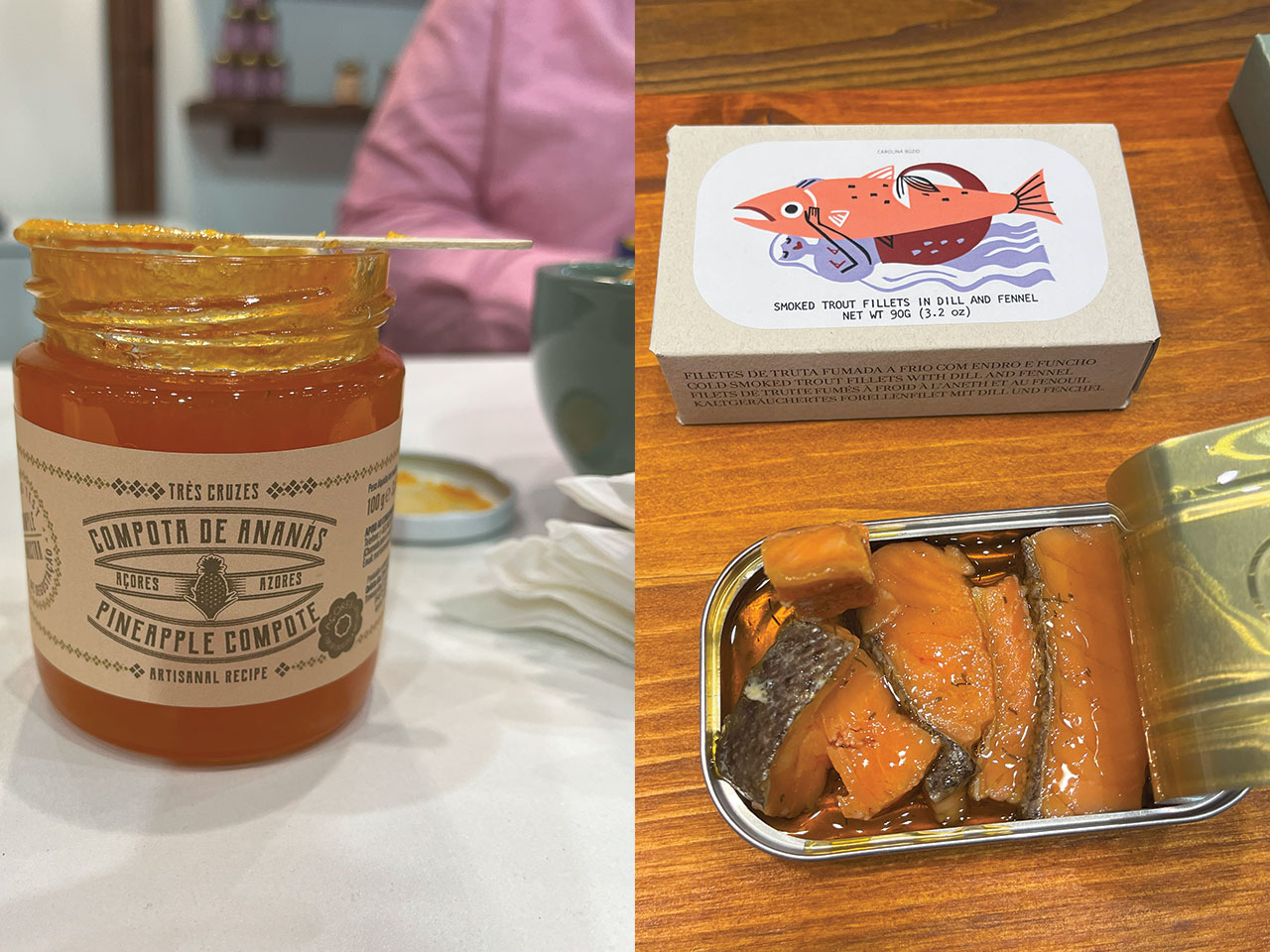
What is one new thing you learned from your time in Portugal?
“I learned how important cheese is to Portuguese culture, there are 13 name-protected raw milk cheeses from Portugal alone and we barely see any in The States. I also learned how important the quality of food is to the Portuguese and how proud of their cuisine they are.”
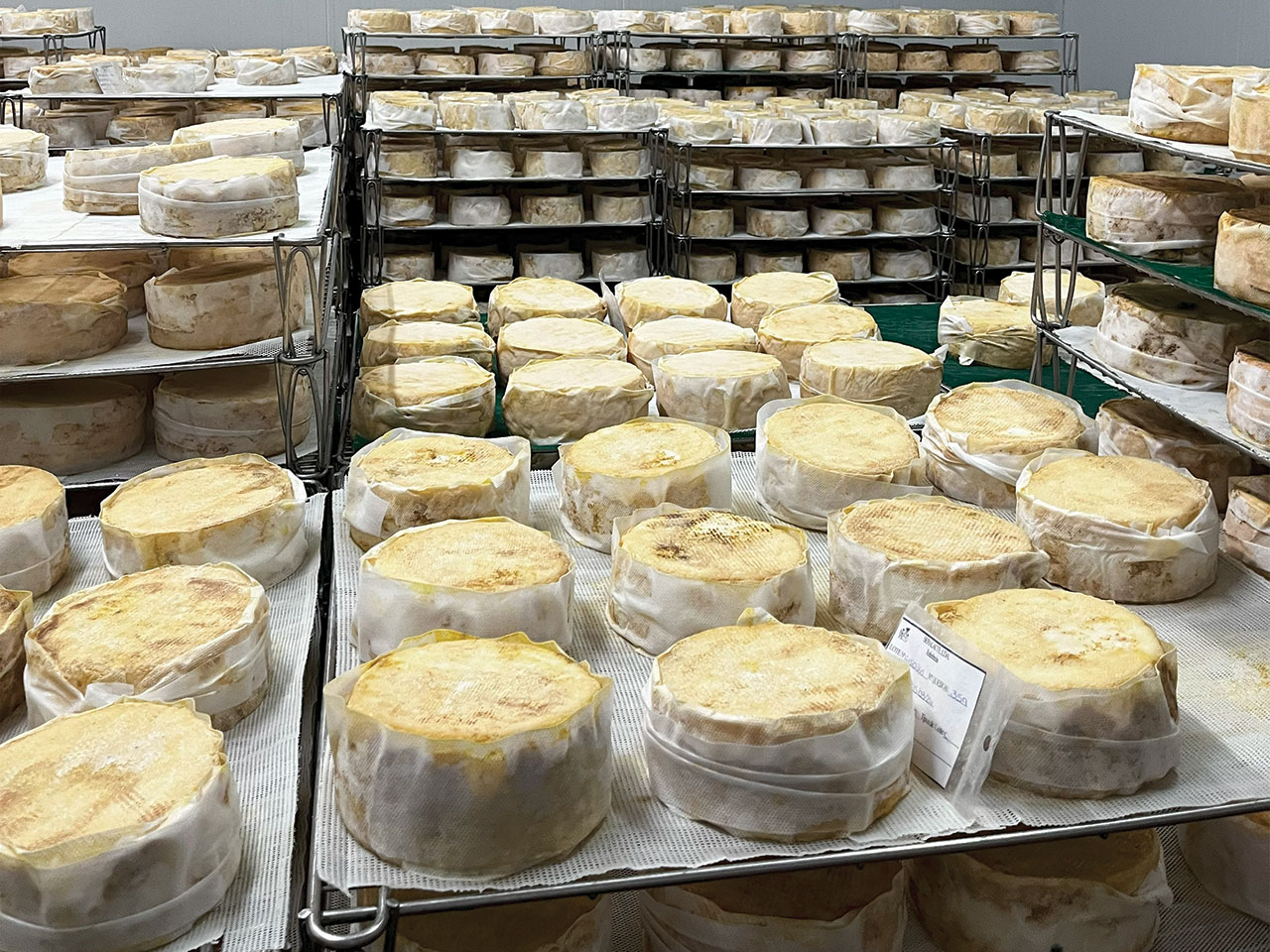
What was the best thing you ate during your trip?
“I ate so much great food, but my favorite thing was so simple yet so satisfying: A bifana sandwich from Bifanas do Afonso in Lisbon. A bifana is made with pork that's been simmered in garlic, spices, white wine, and lard and served on a roll with a mustard sauce. It's so simple but the flavors are so full and delicious. I washed it down with a crisp lager on a street corner.”
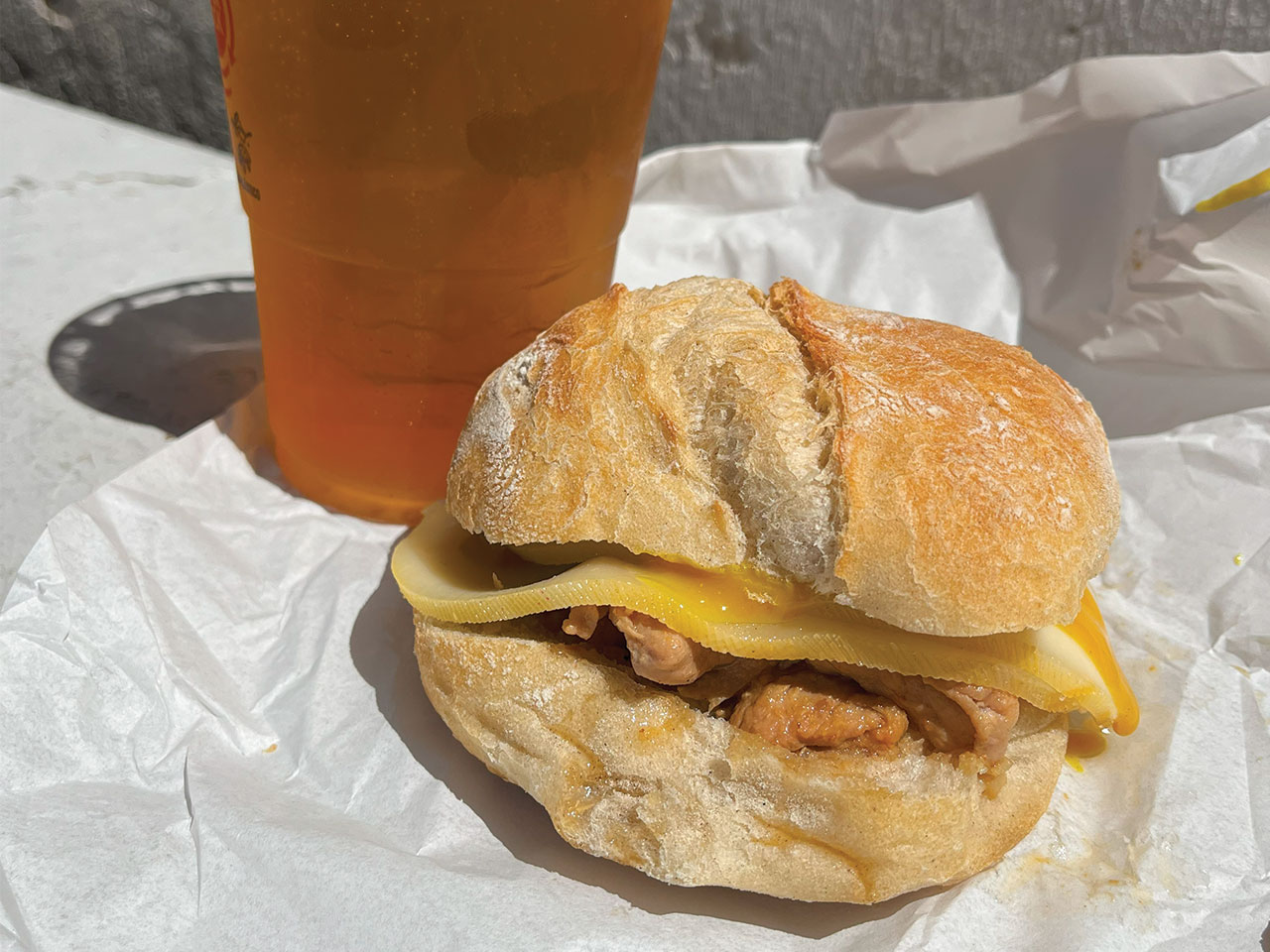
What is one thing that surprised you about Portugal?
“I was surprised over all about cheese making in this country and how it's survived over the past several decades. A mere 50 years ago, cheese could be found being made in tiny quantities amongst dozens of kitchen operations through most if not every small town. Now, this does not exist. Cheese is made in larger, very regulated, less rustic environments (not a bad thing, just without a doubt different then how it used to be done). Nonetheless, cheese still plays a very important part in Portuguese cuisine.”
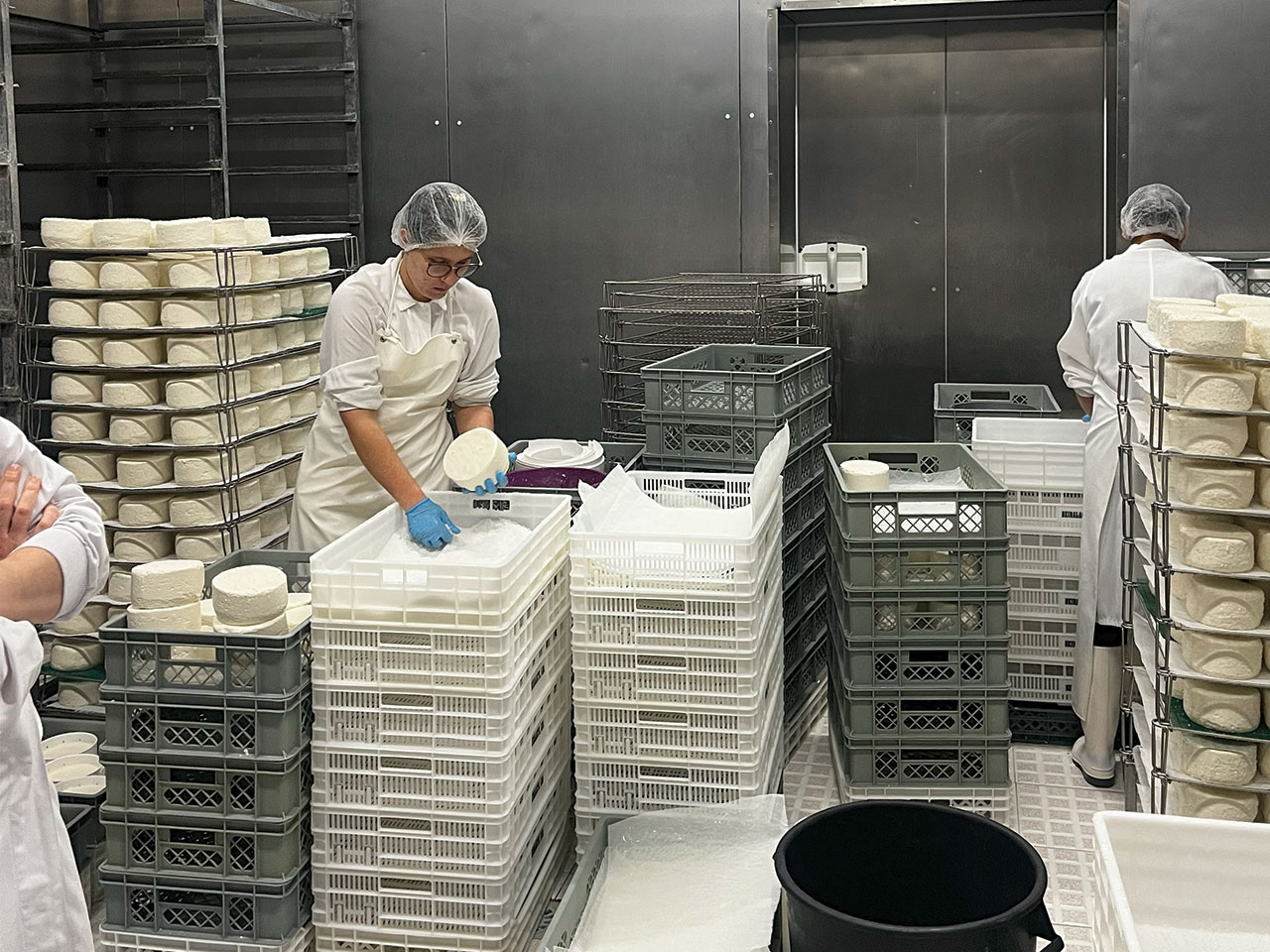
What was the most memorable part of your trip?
“Witnessing the making of an old school, name-protected cheese called Queijo Picante da Beira Baixa. The make and aging process of this cheese is completely wild when you compare it to other cheeses I've seen being made in other parts of the world. This is a small format wheel made from raw sheep’s milk that’s heavily salted, then aged on hay in warmer-than-normal temperatures while being constantly washed with water for up to two years. The flavor is intensely salty and pungent, and unfortunately not something that would travel well, so this is just something you’ll have to seek out on your next trip to Portugal.”
